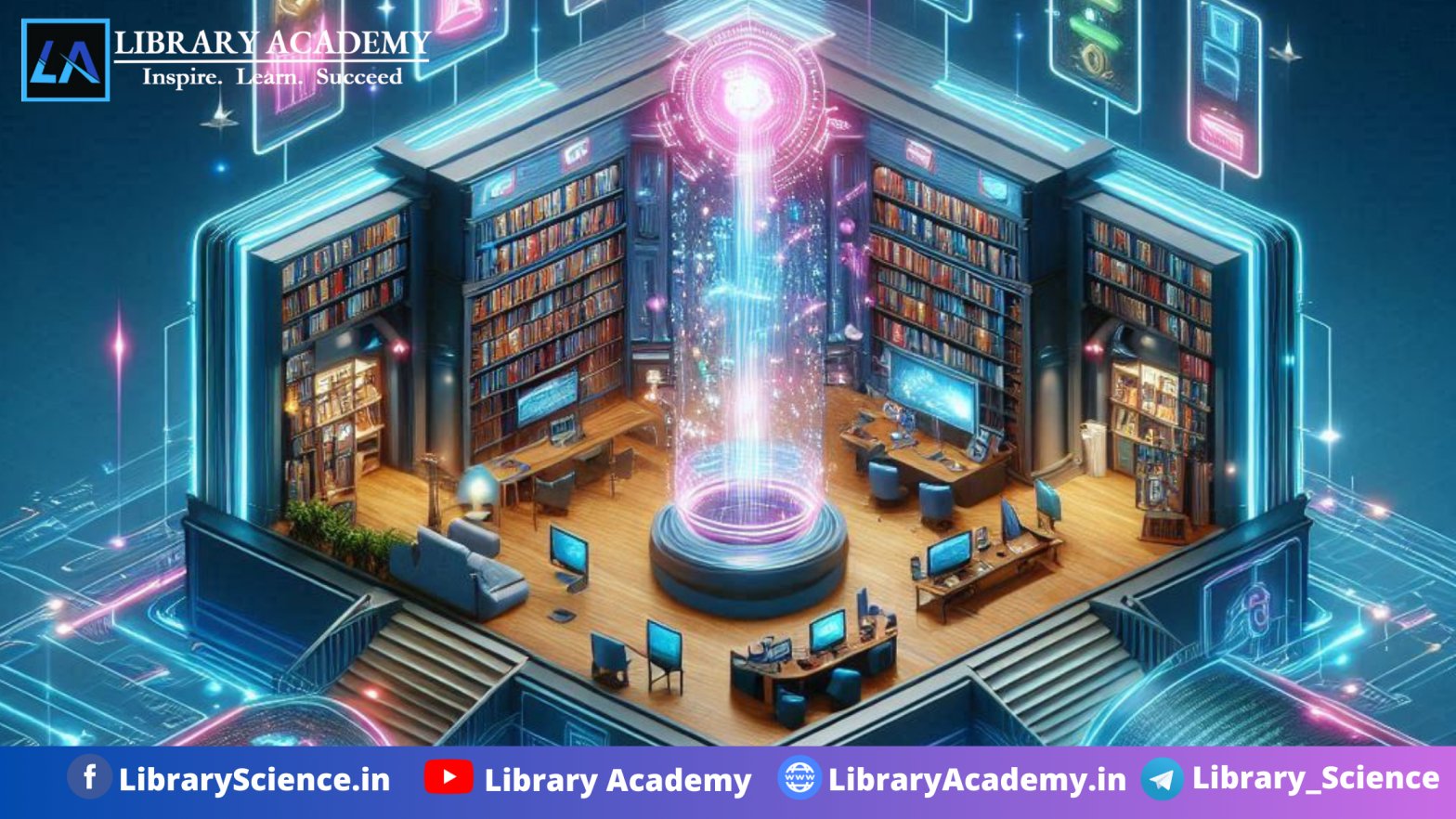A digital library stores and provides access to digital materials (e.g., e-books, and articles) and may include physical resources. It organizes and manages these collections digitally.
A virtual library exists solely online, aggregating and linking digital resources from various sources without a physical collection, focusing on access and organization.
Definition of Digital Library
A digital library stores its collections in digital or electronic formats, accessible via computers and other devices.
- Content: Includes a variety of digital documents like books, articles, images, sound files, and videos that can be accessed online or via CD-ROM.
- Functions: Similar to traditional libraries, digital libraries are responsible for selecting, acquiring, making available, and preserving collections, but all in machine-readable form.
- Structure: Represents an organized collection of multimedia data, turning it into useful information and knowledge within various social and organizational contexts.
- Purpose: Serves its user community similarly to a traditional library but in a digital format.
- Example: Digital Library of India (DLI) – Offers a vast collection of books in Indian languages, searchable and free to read online. It also provides links to Indian newspapers such as The Times of India and The Hindu.
- Traditional Knowledge Digital Library (TKDL) – Focuses on traditional Indian knowledge.
- Indira Gandhi National Centre for the Arts (IGNCA) Digital Library – A repository of cultural knowledge.
- Vidyanidhi – A digital library from the Department of Library and Information Science, Mysore University.
Definition of Virtual Library
A virtual library offers a collection of full-text e-books, journals, and databases from various sources, accessible online by library members using any Internet-connected device.
- Nature: It is a “library without walls,” meaning it doesn’t have a physical collection of resources.
- Resource Management: The library aggregates distributed resources and provides categorized links to them on its website, without storing the documents on-site.
- Access: Users can access these electronic documents from any workstation, with retrieval and delivery occurring as needed.
- Search & Browse: Virtual libraries often offer efficient search and browse capabilities, making information easily accessible and frequently updated.
- Advantages: Virtual libraries usually contain more current information than physical libraries, with faster search capabilities and regular updates.
- Example:
- WWW Virtual Library – A catalog of web pages compiled by experts in specific fields.
- Mathematics WWW Virtual Library – Managed by Florida State University’s Department of Mathematics.
- Alabama Virtual Library – Provides access to a variety of resources online.
Define Digital Library vs. Virtual Library
| Digital Library | Virtual Library |
|---|---|
| Definition: Library with digital materials and services. | Physical Presence: This may include a physical location with print resources. |
| Resources: Digital items stored and accessed via computers. | Resources: No physical collection; materials organized online. |
| Library Automation: Includes acquisition, cataloging, circulation, OPAC, and serials control. | Physical Presence: No physical location or print resources. |
| Accessibility: Access to in-house e-resources and links to external ones. | Accessibility: Aggregates and links to distributed resources online. |
| Availability: Accessible through the Internet or CD-ROM. | Examples: WWW Virtual Library, a catalog of web pages. |
| Focus: Development of digital collections and services. | Focus: Organization and access to digital resources. |
| Examples: The Digital Library of India provides links to online newspapers. | Technology Use: Relies on computer networks and systems. |
| Objective: Enhance service quality and output through automation. | Objective: Facilitate efficient organization and access. |
| Availability: Accessible through the internet or CD-ROM. | Availability: Accessed entirely through computers and networks. |
Summary
Digital libraries house digital and physical resources, while virtual libraries exist only online, focusing on organization and access.
References: National Institute of Open Schooling (NIOS). (n.d.). Chapter 3: Types of Libraries. Retrieved from https://www.nios.ac.in/media/documents/SrSecLibrary/LCh-003.pdf
 Subscribe YouTube Channel
Subscribe YouTube Channel

